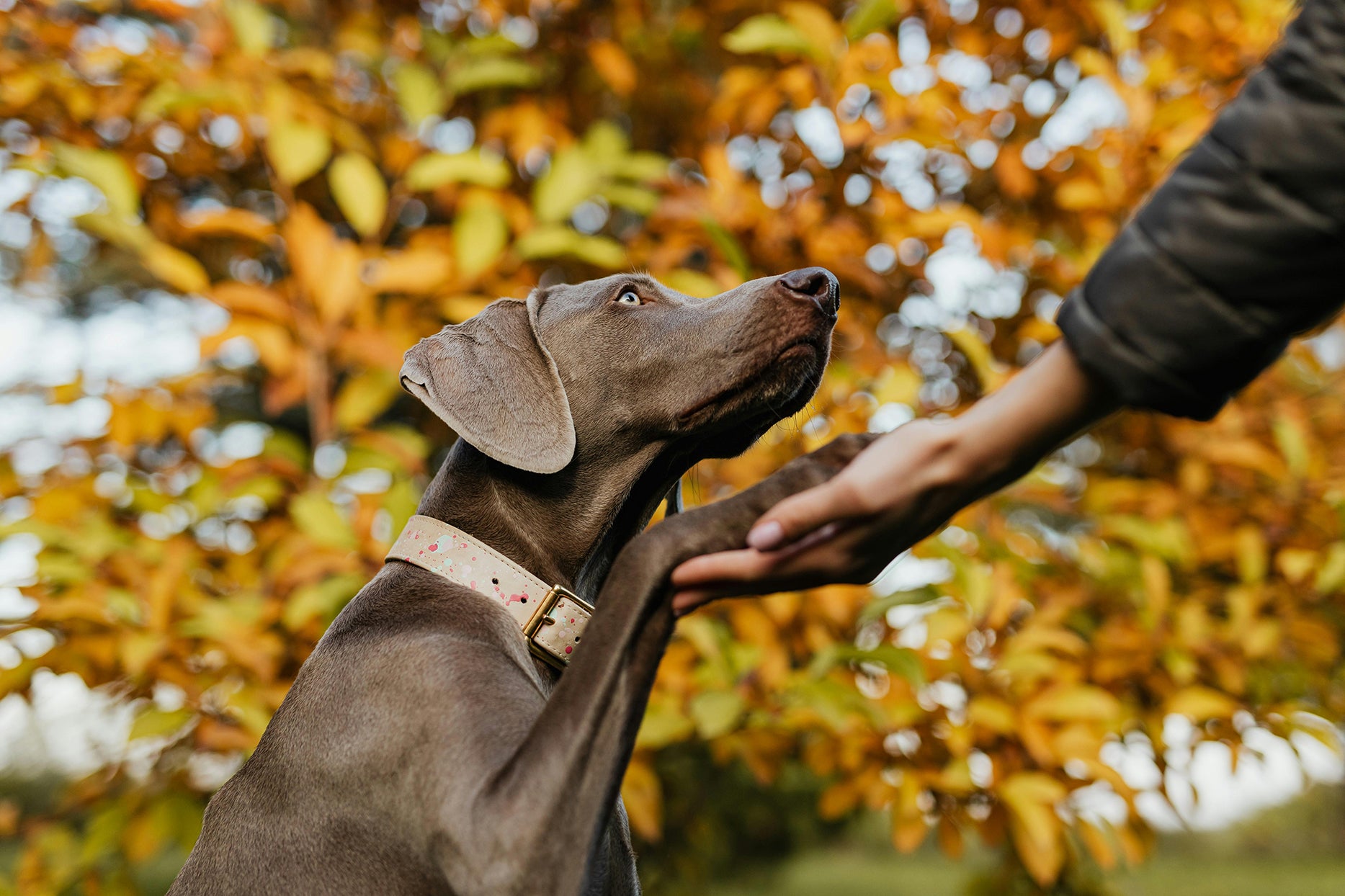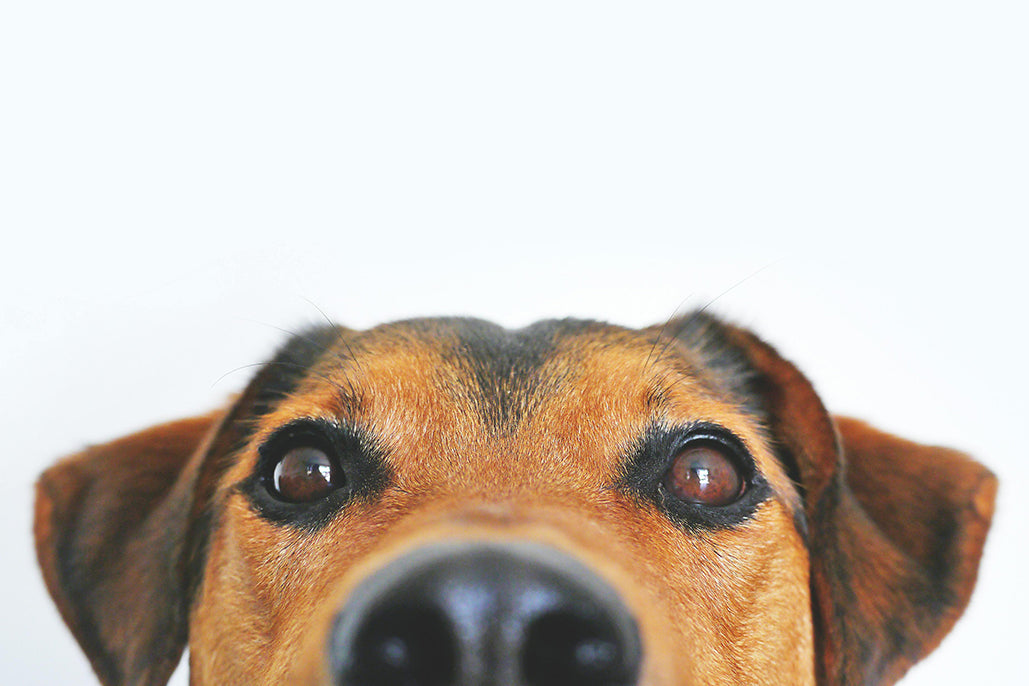The visual system of dogs has its own unique characteristics and limitations, which are analyzed in detail below:
Visual Structure
The visual system of dogs has many structural similarities with the human eye, both containing optic cone cells (responsible for color recognition) and optic rod cells (responsible for light perception and dynamic vision). However, the dog's visual system differs in details, which are mainly reflected in the following aspects:
Number of cone cells: The number of cone cells in a dog's eye is small and there are only two types (blue and yellow sensitive), whereas in the human eye there are three types (red, green and blue sensitive). This means that dogs have a relatively weak ability to recognize colors.
Number of Optic Rod Cells: In contrast, dogs have a higher number of optic rod cells in their eyes, which gives them better vision than humans in low light conditions.
Fundus intermedius: Dogs have a layer in their eyes called the “fundus intermedius”, which helps to improve visual acuity in low-light environments.
Visual Characteristics
Color perception:
Dogs can only see some colors, mainly blue and yellow, and are less able to distinguish between red and green. They may see red and green as shades of gray or brown.
Dogs have a fine ability to discriminate between shades of gray and are able to distinguish light and dark variations on objects, producing a three-dimensional visual reflection.
Range of vision:
Dogs have a very wide field of vision, with a left and right field of view of 100° to 125° in one eye, an upper field of view of 50° to 70°, and a lower field of view of 30° to 60°, for a total field of view that can reach about 240 degrees, far exceeding that of humans, which is about 180 degrees.
Motion Vision:
Dogs are extremely sensitive to moving objects and can quickly catch moving objects around them, which helps them hunt and protect their territory.
For stationary targets, dogs can see within 50 meters and not much beyond that distance; however, for moving targets, they can sense up to 825 meters away.
Clarity of vision:
Dogs have relatively low clarity of vision, usually around 20/75, meaning they see objects as relatively blurry.
Night vision:
Dogs have relatively good night vision, thanks to the higher number of optic rod cells in their eyes and the presence of the irradiated membrane in the fundus, which allows them to see more clearly in low light conditions.
Other Vision Related Characteristics
Flexibility of head rotation: The dog's head rotation is very flexible, which helps them to “see six ways, hear all directions”, better perceive the surrounding environment.
Alertness during sleep: dogs are always alert during sleep and are particularly sensitive to sound, which helps them to guard the house.
Visual development: A puppy's eyes open within 7 to 14 days after birth, after which they gradually adapt to vision and learn to recognize colors and shapes.
In summary, a dog's visual system, while different from that of a human, is unique in some ways. Understanding these characteristics helps us to better relate to and care for our dogs.




Leave a comment
All comments are moderated before being published.
This site is protected by hCaptcha and the hCaptcha Privacy Policy and Terms of Service apply.